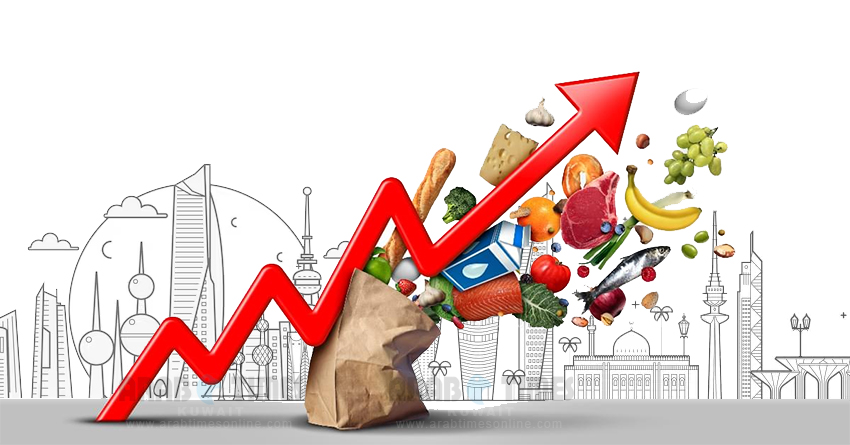It increased to 5.69%, a four-month high, due to increased food inflation. As anticipated, the RBI had warned that “risks to food inflation which might lead to an inflation uptick” were masking the near-term prognosis.
The Consumer Food Price Index increased in December, rising from 8.7% to 9.53%, primarily as a result of a 9.93% increase in cereal prices.
The cost of all cereals has steadily increased over the last several months, even coarse grains. Pulses have seen price increases more quickly; in December, they reached a 43-month high.Since the Rabi harvest might be smaller than it was the year before, they might surge even more. The two most essential commodities in the typical household’s food basket are cereals and pulses, therefore an increase in their costs would be quite detrimental.

Source: Arab Times
Vegetable costs have also climbed at a significant pace in the past few months. With increases of about 33% and 74%, respectively, over that of December 2022, tomatoes and onions had the largest increases. However, short-term fluctuations in vegetable prices are caused by seasonal variations and supply conditions.
The cost of food has increased overall, which is a challenge. This week, RBI Governor Shaktikanta Das declared that the central bank’s top priority will be food inflation.He claimed that while core inflation has been declining, inflation is hard to forecast since it depends so much on global events and meteorological conditions.
Source: CNBC- TV 18
Compared to the RBI’s tolerance levels, current inflation rates are substantially higher. Its most recent estimate is 5.4% for the current fiscal year and 5.2% for 2024–2025. Current trends suggest that the final amount might exceed estimates.
The interim Union budget and the Monetary Policy Committee meeting of the RBI to assess the state of inflation are scheduled for next month. Both events are unlikely to have an effect on the inflation trend. The MPC is probably going to maintain the current rates. Prolonged inflation can be detrimental to household budgets and the economy. It is more challenging when food inflation is the main cause of inflation. It leads to suppression of demand and a decline in consumption, as is being seen presently. For several quarters, consumer demand has been low, and a further decline might slow GDP.
What do you think about this? Comment below.

